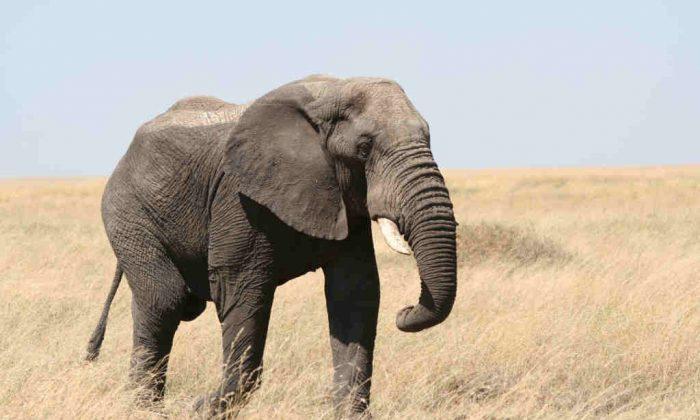A new effort to identify where poachers operate in protected areas shows locations do not vary significantly from year to year. Knowing where these “hotspots” are can help rangers know where to patrol—including areas they rarely visit.
“Our research shows that different threats often occur in very different parts of the park. This means there will now be trade-offs to make in deciding where to invest anti-poaching patrol effort,” says Colin Beale, a lecturer in the biology department at the University of York. “Managers must decide how important one threat is compared with another, for instance how much money should be used to combat elephant poaching versus snaring of wildlife in general.”
The team, which included ecologists from the University of York, together with the Wildlife Conservation Society (WCS) and the Uganda Wildlife Authority (UWA), used 12 years of data collected by rangers patrolling Queen Elizabeth National Park, one of Uganda’s most important protected areas for elephant conservation.
A software program called SMART is used to analyze data on multiple threats, including the commercial hunting of large mammals (elephants, hippos, and buffalos), setting snares for smaller wildlife, harvesting timber, illegal grazing, collection of thatch and other products, and illegal fishing.
“Ranger-collected data is very biased because rangers target areas where they expect to find illegal activities, making statistical analysis very complicated,” says Rob Critchlow, research associate in the University of York’s biology department and lead author of the paper. “It is only in recent years that methods have developed to allow us to make new, more detailed analyses.”
Researchers hope future funding will allow the widespread adoption of SMART, enabling managers of national parks across the world to benefit from improved mapping of illegal activities.
“Protected area authorities in Africa typically invest 50 to 90 percent of their funding in law enforcement to tackle poaching, yet rarely do they measure the impact of their anti-poaching patrolling or evaluate its effectiveness. This new method will provide a tool that will enable that to happen,” says Andrew Plumptre, a WCS scientist who developed the idea for the study.
The team published their findings in Conservation Biology. The United States Agency for International Development (USAID) and the Moore Foundation funded the work.
Source: University of York. Republished from Futurity.org under Creative Commons License 4.0.


Friends Read Free